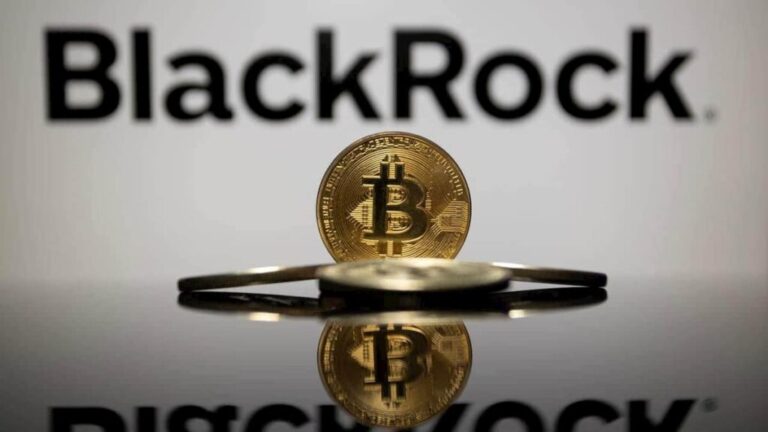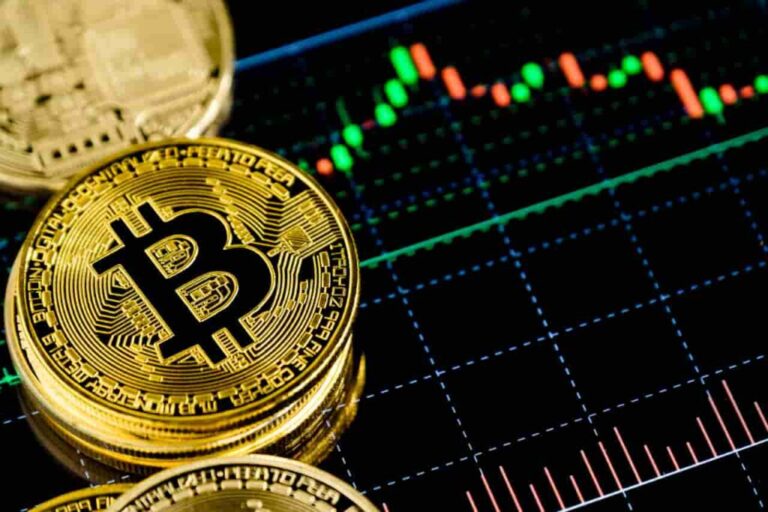Synopsis
May 22 marks 15 years since Laszlo Hanyecz made the first real-world Bitcoin transaction by spending 10,000 Bitcoins on two pizzas—an amount now worth over $1 billion. Since that landmark moment, Bitcoin has grown into a trillion-dollar asset class, gaining institutional and government support, ETF approvals, and global legitimacy—firmly establishing its role in the future of finance.
In May 2010, a Florida-based programmer named Laszlo Hanyecz made history by spending 10,000 Bitcoins to buy two Papa John’s pizzas. Valued at just $41 at the time, this seemingly small purchase is now worth over $1 billion today, making the 2 pizzas the costliest pizzas in history, earning it the nickname “billion-dollar pizzas”. But more than just a quirky anecdote, this transaction marked the first real-world use of Bitcoin, a moment now celebrated globally as Bitcoin Pizza Day.
Fifteen years later, Bitcoin has evolved from a fringe digital experiment to a globally recognised asset class, with institutional backing, government interest, and a market cap of over $2 trillion. Let’s explore the remarkable journey of Bitcoin, from that first pizza order to becoming a cornerstone of the digital financial revolution.
Proof of Concept
While making the Bitcoin Pizza transaction, Laszlo Hanyecz had no idea that it would change the entire financial system. This transaction provided proof of concept that Bitcoin could become a real-world alternative for fiat currencies. There were no exchanges, no real utility, and no mainstream attention. The transaction demonstrated that Bitcoin could be used as a medium of exchange, proving its potential to function like traditional money. What started as a simple craving for pizza laid the foundation for something much bigger, which validated the idea that digital assets could hold real-world value and be used in everyday commerce.
Crypto Tracker![]() TOP COIN SETSBTC 50 :: ETH 504.60% BuyDeFi Tracker4.06% BuySmart Contract Tracker2.38% BuyWeb3 Tracker1.21% BuyNFT & Metaverse Tracker-0.31% BuyTOP COINS (₹) Bitcoin9,546,393 (3.79%)BuyBNB58,529 (3.49%)BuyEthereum226,032 (2.14%)BuyXRP207 (1.59%)BuyTether86 (0.16%)Buy
TOP COIN SETSBTC 50 :: ETH 504.60% BuyDeFi Tracker4.06% BuySmart Contract Tracker2.38% BuyWeb3 Tracker1.21% BuyNFT & Metaverse Tracker-0.31% BuyTOP COINS (₹) Bitcoin9,546,393 (3.79%)BuyBNB58,529 (3.49%)BuyEthereum226,032 (2.14%)BuyXRP207 (1.59%)BuyTether86 (0.16%)Buy
Early Adoption of Bitcoin
Did you Know?
The world of cryptocurrencies is very dynamic. Prices can go up or down in a matter of seconds. Thus, having reliable answers to such questions is crucial for investors.
View Details »In the early years following the Bitcoin Pizza transaction, not much had changed. However, the latter half saw a sudden boom in innovation, leading to the establishment of exchanges like Mt. Gox, allowing users to trade Bitcoin for fiat currencies. Innovations in digital wallets and mining software also improved accessibility. This made the use of Wallets easier and made Bitcoin a tradable asset. Although prices remained volatile, this period laid the groundwork for Bitcoin’s entry into broader public consciousness. By 2013, Bitcoin crossed $1,000, gaining interest from speculators and tech-savvy investors.
Live Events
The Increasing Institutional and Government Interest
The true turning point came in 2017, when Bitcoin’s price skyrocketed past $20,000, capturing global headlines. This dramatic rise drew global media attention and sparked interest from financial institutions. Multiple applications for Bitcoin Exchange-Traded Funds (ETFs) were filed, but the U.S. Securities and Exchange Commission (SEC) repeatedly rejected them, citing concerns around market manipulation.
After a long wait, in early 2024, the SEC approved 11 proposals from issuers, including BlackRock, Fidelity and VanEck, among others, to launch spot bitcoin ETFs. While futures-based ETFs had already been in existence for a few years, this approval from the SEC is what led to true mass adoption of Bitcoin, bringing in over $106 billion in inflows since its inception.
Along with asset management companies, corporate institutions like Strategy (Previously MicroStrategy), Tesla, MetaPlanet, and many more have also started accumulating Bitcoin as a strategic reserve, showing the growing interest in Bitcoin, further improving its adoption.
Another trigger that made Bitcoin a trillion-dollar asset is the government’s interest in the asset as a store of value. Today, after years of evolution, major economies like the US, Brazil, and other countries are actively considering setting up a “Bitcoin Strategic Reserve” just the Gold and forex. This intent from governments has increased the legitimacy of Bitcoin and crypto as an asset class, pushing Bitcoin’s price towards new all-time highs.
Conclusion
From being traded for two pizzas to becoming a multi-trillion-dollar asset, Bitcoin’s journey over the past 15 years is nothing short of extraordinary. It has challenged traditional financial systems, democratized access to wealth creation, and inspired a new generation of investors and innovators. While challenges remain, particularly around regulation, scalability, and public understanding, Bitcoin Pizza Day serves as a powerful reminder of how a single transaction can spark a financial revolution. As we commemorate 15 years of this iconic event, it’s clear that Bitcoin is no longer just a speculative asset. It’s a globally accepted financial tool, set to shape the future of money.
This article is attributed to Mr Edul Patel, Co-founder and CEO of Mudrex, a global crypto investment platform.
(Disclaimer: Recommendations, suggestions, views and opinions given by the experts are their own. These do not represent the views of Economic Times)

